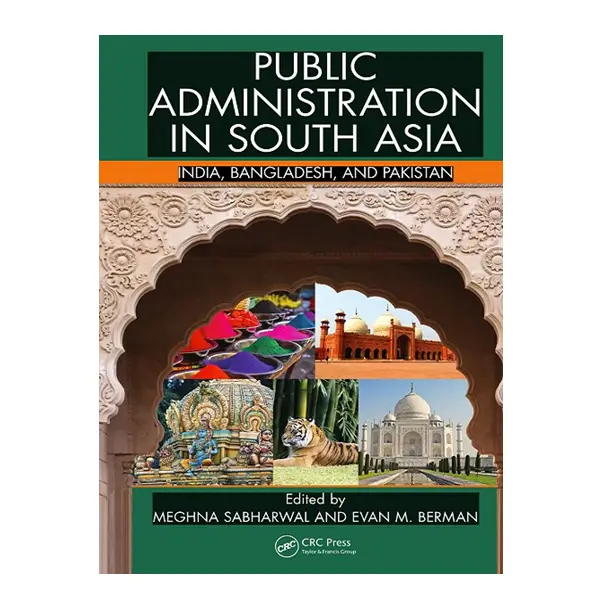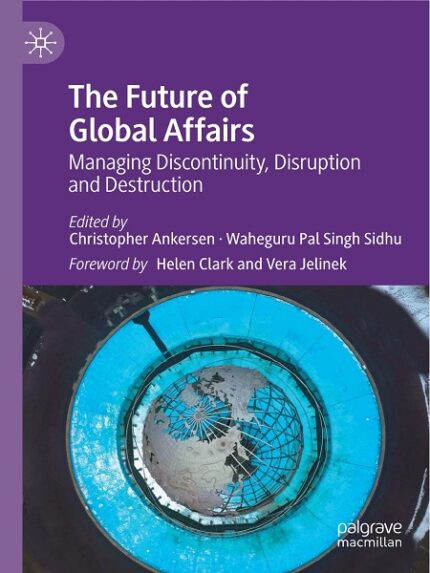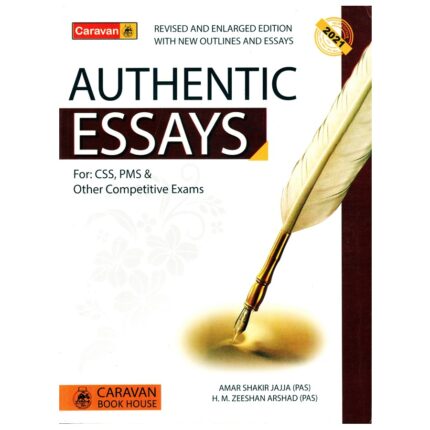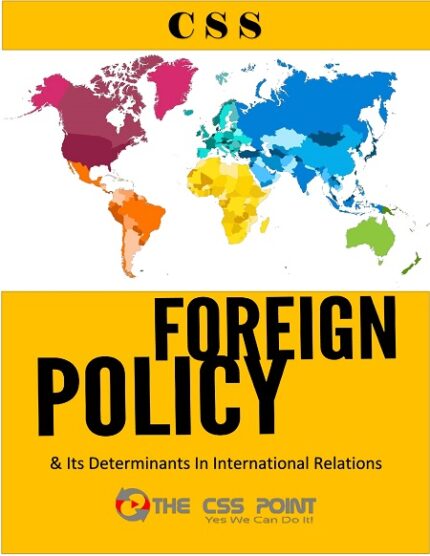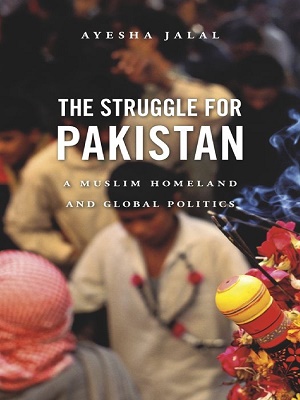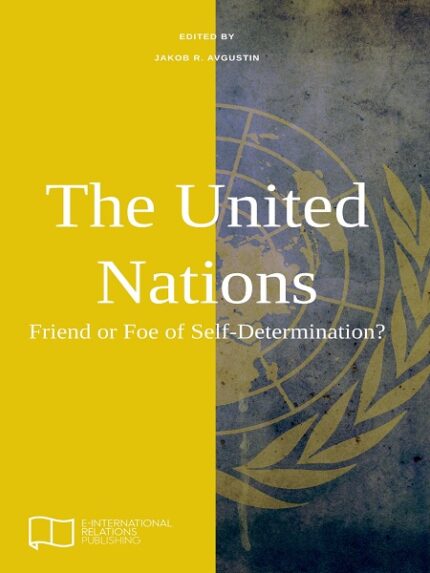Public Administration in South Asia India, Bangladesh, and Pakistan. This book provides a comprehensive overview of public administration (PA) in South Asia. It provides an in-depth examination of its objectives, processes, and achievements in four major countries: India, Pakistan, Bangladesh, and Sri Lanka.
It was developed to serve the needs of policymakers, policy analysts, public managers, professors, students, and all others who desire a broad and accurate account of PA by some of the best experts in these countries.
It provides an accurate description and discussion of observed conditions. It is no exaggeration to state that nowhere else will readers find such a comparative and authoritative treatment, a one-stop shopping, on PA in South Asia today. Public Administration in South Asia India, Bangladesh, and Pakistan.
See Also: An Introduction to Public Administration By Dr. Liaquat Ali Khan Niazi JWT
People know little about the PA that underlies so many of South Asia’s problems and achievements. South Asia is a contrast of enormous social problems, juxtaposed with the economic success of a growing middle class and wealthy business elite.
People from inside and outside the region benefit from understanding ways in which its PA contributes to these problems and successes. Specifically, this book focuses on the machinery of government, highlighting the operation and capacity of its PA for contribution.
This book also has several distinctive features that we think readers will value. First, this account is written by those of the region, not by those outside it. The advantage of getting the insider perspective and viewpoint is self-evident. Second, the authors are all experts in their fields, having published many journals and books in the discipline.
Main Features
In addition, We encourage readers to consider their brief biographies in About the Authors, found in the opening pages. We asked authors to cover both essentials as well as advanced points in their chapters. Moreover, Fourth, each chapter contains useful resources to pursue further interest in specific, in-depth matters.
We gave authors broad leeway and discretion to discuss whatever they felt were the most important topics for others outside South Asia to know about. Also, They could also discuss additional topics. By doing so, we encourage the use of concepts or perspectives that are different from or distinctive to their area.
[maxbutton id=”1″ url=”https://thecsspoint.com/link/6998″ text=”” ]






